Market Share
Deformity Market Share Analysis
Deformity conditions are musculoskeletal abnormalities that affect the structure of the bone, joint alignment, or soft tissue integrity, so give an overview of deformity conditions. Emphasize the influence of deformities on patients’ mobility, function, and quality of life. Evaluate competitors making surgical interventions, orthotic devices, physical therapy and other deformity correction treatment proposals. Assess their market positions, product ranges, price strategies, and customer services levels. Develop USPs for products or services aimed at deformity correction. Characteristics to be emphasized include novel technology, clinical efficiency, customization options, patient outcome, and customer support services. Target marketing campaigns particular segments within deformity market, for instance pediatric deformities, spinal deformities (scoliosis, kyphosis), limb deformities (leg length discrepancy), or craniofacial deformities. Focus on the solutions which are customized to the needs and challenges of each segment. Develop an appealing value proposition concentrating on the benefits of deformity correction interventions. Focus on the enhancement of physical function, relief of pain, restoration of normal appearance, rise in mobility and facilitation of patient independence and routine activities. Provide comprehensive educational programs and training for the healthcare professionals diagnosing deforming conditions. Incorporate CME (Continuing Medical Education) credits, practical hands-on workshops, and access clinical resources and guidelines. Improve the teamwork between the healthcare teams in deformity management, i.e., the orthopedic surgeons, physical therapists, rehabilitation specialists, orthotists, and social workers. Establish care coordination protocols that will improve patient outcomes, and joy. Invest in research and development for modern technologies and treatment modes for deformity correction. Adopt innovations such as 3D printing, computer assisted surgery, telesurgery, robot assisted approaches, and minimally invasive methods. Address reimbursement challenge through the interaction with payers and healthcare policy makers to have better coverage and reimbursement Od deformity correction interventions. Determine the clinical and economic benefit of treatment to support reimbursement. Explore opportunities for market enlargement beyond the existing geographical boundaries. Develop entry strategies appropriate to the regulatory requirements, market dynamics and competitive landscape in the target regions. Strategically ally with academic institutions, research bodies, and patient activist groups to promote innovation, research, and disease awareness in the deformity correction sphere. Carry out clinical trials, outcomes research, public health initiatives. Implement quality assurance programs and performance measures that monitor the quality of the deformity correction interventions and help to refine them. Illustrate patient safety, infection control, surgical results, and patient reported outcomes (PROs).

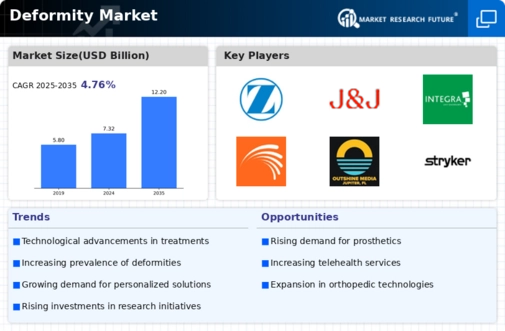
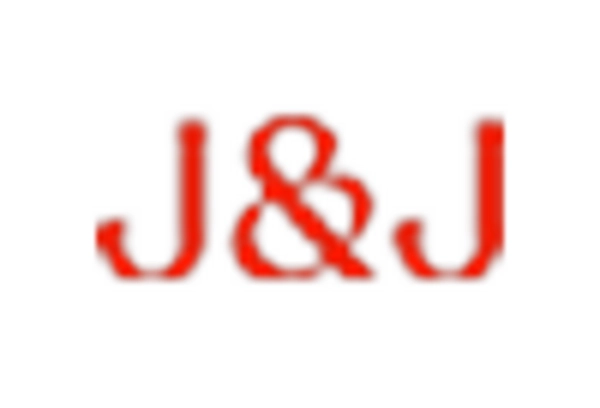
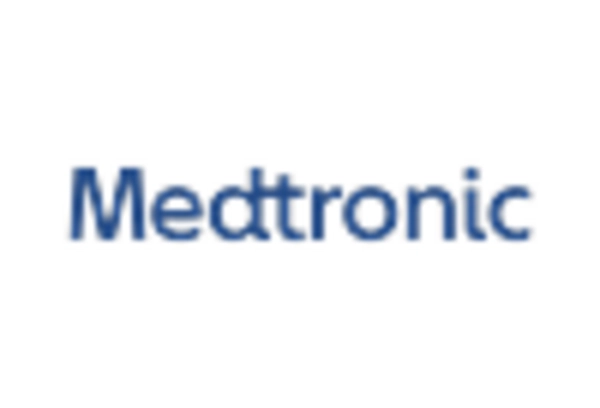
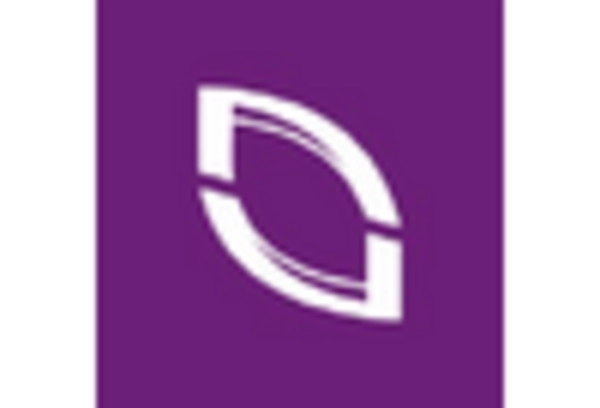

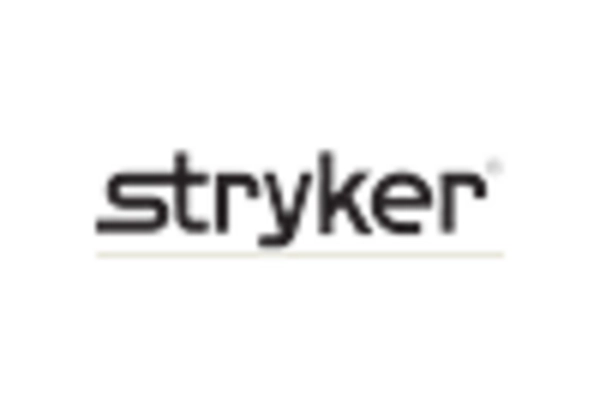
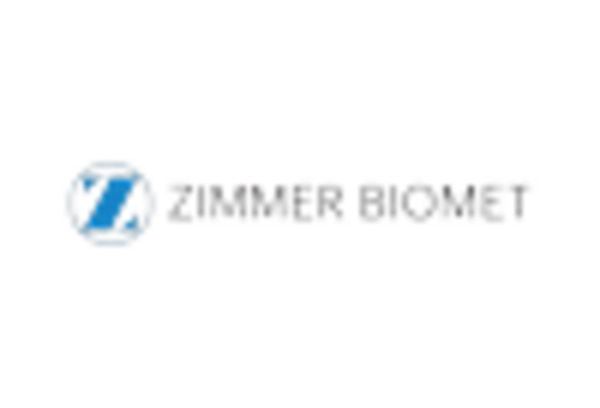









Leave a Comment